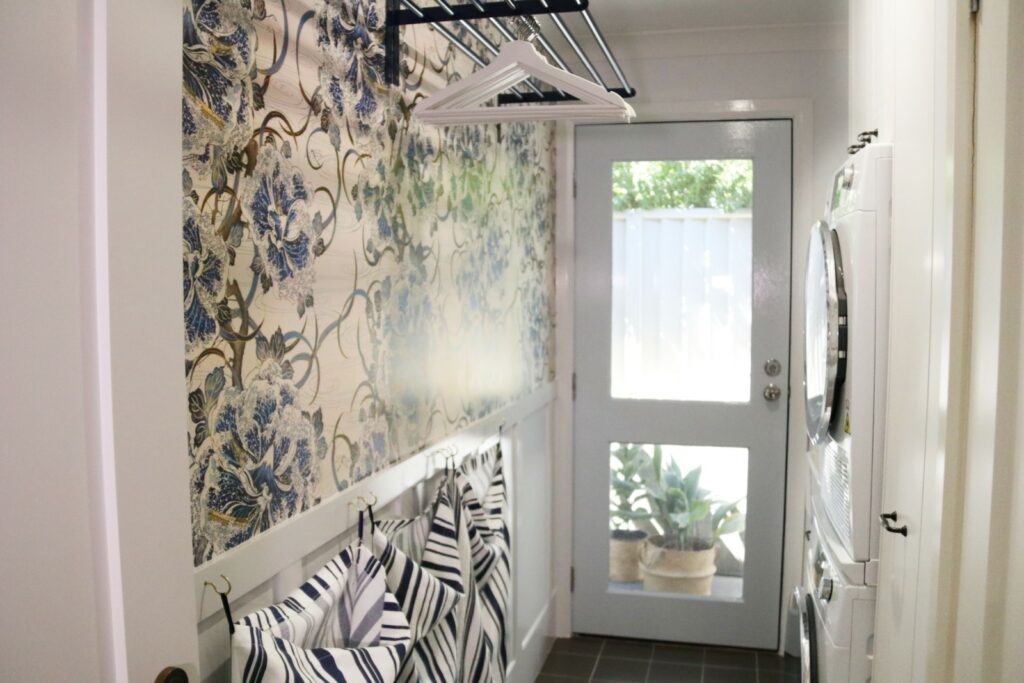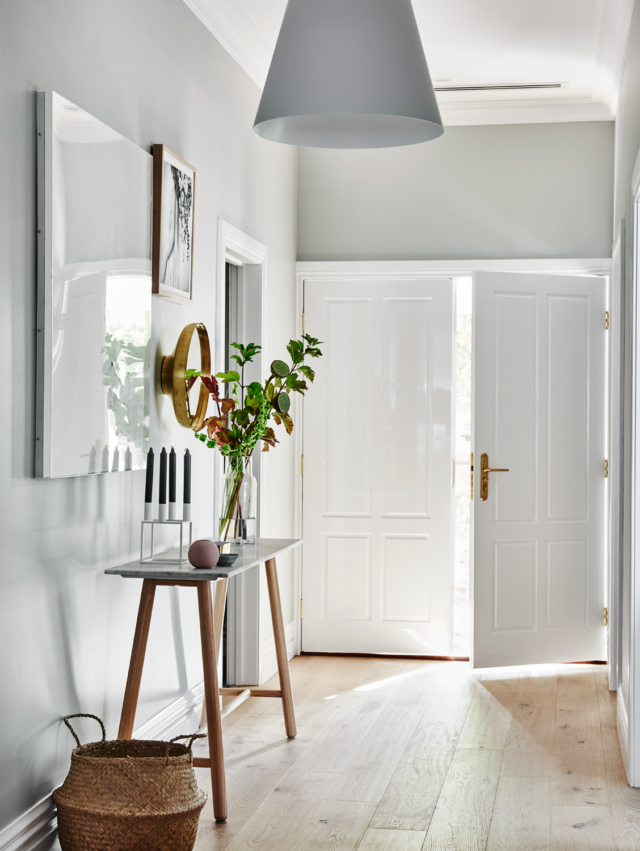Interested in starting a career as a Property Stylist?
Not sure how to turn this passion into a six figure career?
Start Here: Free Video Training Series
Hi guys! It’s Naomi here, your Rapid Renovation expert.
Did you know I have a renovation course? You can check it out here!
With so much focus on creating the perfect space, it can be extremely easy to overlook the entry points of a room. A door is the first hint of what lies beyond; a bare wood finish can put a “plain Jane” vibe on an otherwise contemporary interior. Likewise, a battered door covered in scratches and peeling paint is the equivalent of pairing a beautiful evening dress with house slippers.
Choosing the right paint
Choosing the right type of paint and colour is a crucial an inviting entry to the rest of your space – the first thing to consider is the current look and feel of that space. If you are planning to makeover your entire room, it is a good idea to have all walls and ceilings painted first (for tips on painting walls and ceilings, take a look at our previous articles). That way, it will be easier to pick a door shade that complements the fresh look and colour of that space.
When you have chosen the perfect colour, go to Taubmans’ online calculator to help you determine the amount of paint you will need for your doors.

Prepare the doors
It can be tempting to leave doors hanging on their hinges. Although this may save you some time initially, you may find that the dripping paint will have you backtracking and spending extra (unnecessary) effort on painting. For best (and quicker) results, always remove the doors and lie them flat on a raised surface – this will guarantee the smoothest finish.
If removing a door is not an option, you can leave it hanging upright – just be sure to wedge the door in place so there is no movement while painting.
Protect and sand
Protecting surrounding surfaces from accidental paint drip is the key to a quick and pain-free DIY project. Lay down drop sheets on floors and use masking or painter’s tape to cover the hinges. If your doors are still attached to the wall, use tape to shield the door frames from any stray brush strokes.
Grab an electric sander (a sanding block or sandpaper will do just fine) and use it to remove any flaking paint or shiny surfaces. A well-sanded door will help paint stick and give you professional results.

Paint
Begin by giving your paint a good stir (this will ensure all the pigments are mixed through), then pour some paint into a paint tray. Use a brush to paint the hinged edges first, switching to a roller for the rest of the door. Roll the paint on in a ‘W’ or ‘M’ motion to ensure an even distribution and coating of paint.
Give the first coat about ten minutes to dry before picking up the roller again for the second coat. If the first coat seems a bit bumpy, give it a light sand, then apply the second coat in the same way as the first. The type of paint will determine your final drying times; a water-based paint will need two hours to dry completely, whereas a water-based enamel paint will take four hours and an oil-based enamel will be the longest at sixteen hours.
Re-attach the doors once the paint is completely dry – and enjoy your freshly painted entries!



 Naomi Findlay is an experienced interior designer, project manager and stylist who also loves sharing her passions and experience by teaching others.
Naomi Findlay is an experienced interior designer, project manager and stylist who also loves sharing her passions and experience by teaching others.
Leave a Reply